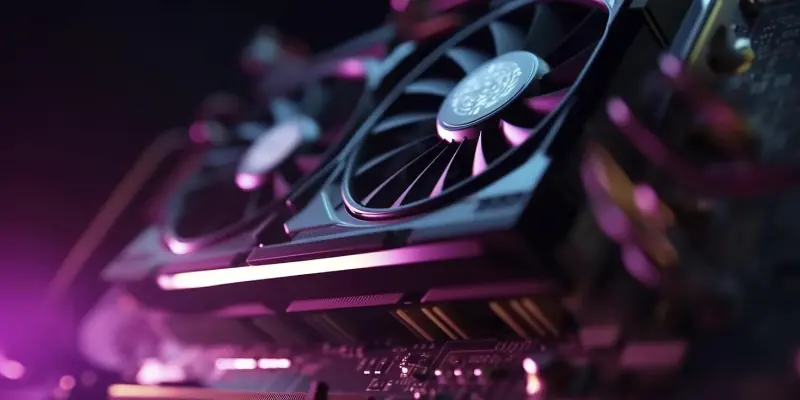In the current technology market, scoring a high-end graphics card like the NVIDIA RTX 50 series for less than the manufacturer’s suggested retail price (MSRP) is a daunting challenge. The combination of high demand and supply chain issues has driven prices through the roof, making it difficult for average consumers to get their hands on these powerful GPUs. However, savvy buyers have discovered certain tactics that can help them acquire these coveted items at a discount, particularly by checking the returns section at Walmart. This article explores how some users have managed to find NVIDIA RTX 50 GPUs below MSRP and what steps are involved in this unconventional buying method.
Savvy Shoppers Finding Deals
Recent reports from various tech forums, including Reddit, have highlighted that checking the return section in Walmart’s electronics department can sometimes yield surprising results. This section often contains returned items due to Walmart’s 30-day return policy, and among these returns, high-end GPUs like the NVIDIA RTX 50 series can occasionally be found. Some buyers have managed to purchase these GPUs at significantly discounted prices. For instance, one user reported finding an NVIDIA RTX 5080 for just $895.99, a substantial savings of $390 off the MSRP. Another buyer discovered a PNY GeForce RTX 5070 for $515, which was below its standard retail price of $549. These opportunities are not always available and finding these deals requires persistence and a bit of luck. The GPUs found in the return section are usually either slightly used or open-box items, and despite this, they are often in excellent working condition. While this method of purchasing may not be guaranteed, it demonstrates that there are alternative ways to obtain high-end technology at reduced prices.
Ethical and Practical Considerations
While the potential for savings is significant, it is essential to consider ethical implications when utilizing this method. Some users might exploit Walmart’s return policy by buying new GPUs and then returning them to possibly benefit from a future discounted purchase. It is important to note that such practices are unethical and can lead to stricter return policies that would ultimately harm genuine buyers. Therefore, those interested in scoring a good deal on an NVIDIA RTX 50 GPU should ensure their actions are within ethical bounds.
Additionally, buying returned or slightly used GPUs comes with its own set of challenges. Unlike new products that come with a full warranty from the retailer, returned items often require buyers to deal directly with the manufacturer for any after-sales service or support. This can be a cumbersome process and might deter some buyers from taking this route. Nonetheless, for those willing to accept these risks, the savings can be substantial, making it a worthwhile endeavor.
Opportunities and Final Thoughts
In today’s tech market, snagging a high-end graphics card like the NVIDIA RTX 50 series for under the manufacturer’s suggested retail price (MSRP) is an incredibly tough feat. Due to high demand and persistent supply chain issues, prices have skyrocketed, making it particularly challenging for average consumers to purchase these powerful GPUs. Nevertheless, savvy shoppers have learned various strategies to secure these in-demand items at a reduced price, especially by examining the returns section at Walmart. This article delves into how some consumers have successfully obtained NVIDIA RTX 50 GPUs for less than MSRP and outlines the steps involved in this unconventional approach. From being vigilant about stock updates to consistently checking for open-box or returned items, these tactics require diligence but can pay off significantly. Understanding these techniques can help consumers save money while getting their hands on one of the most sought-after pieces of hardware in the gaming and tech communities.

